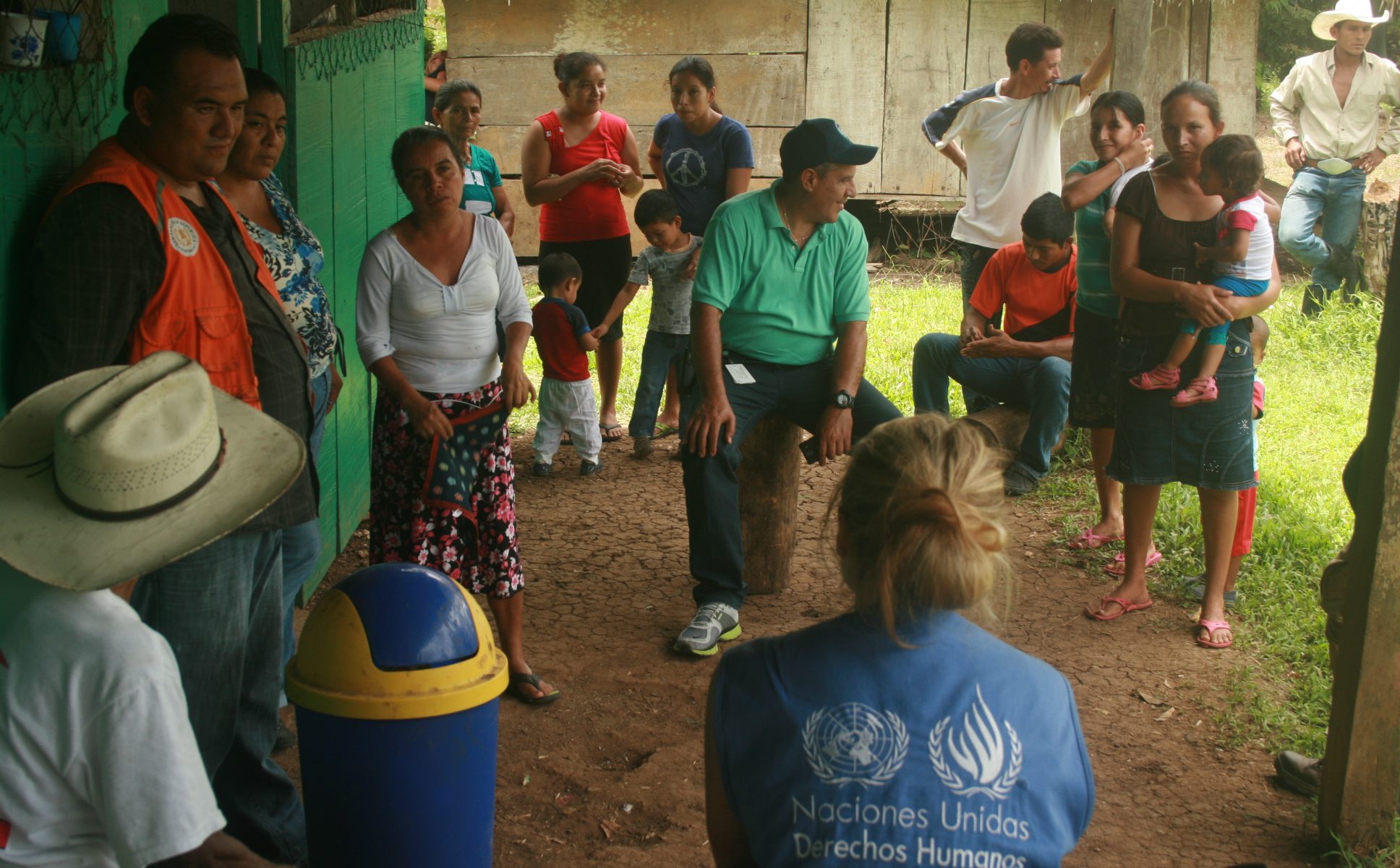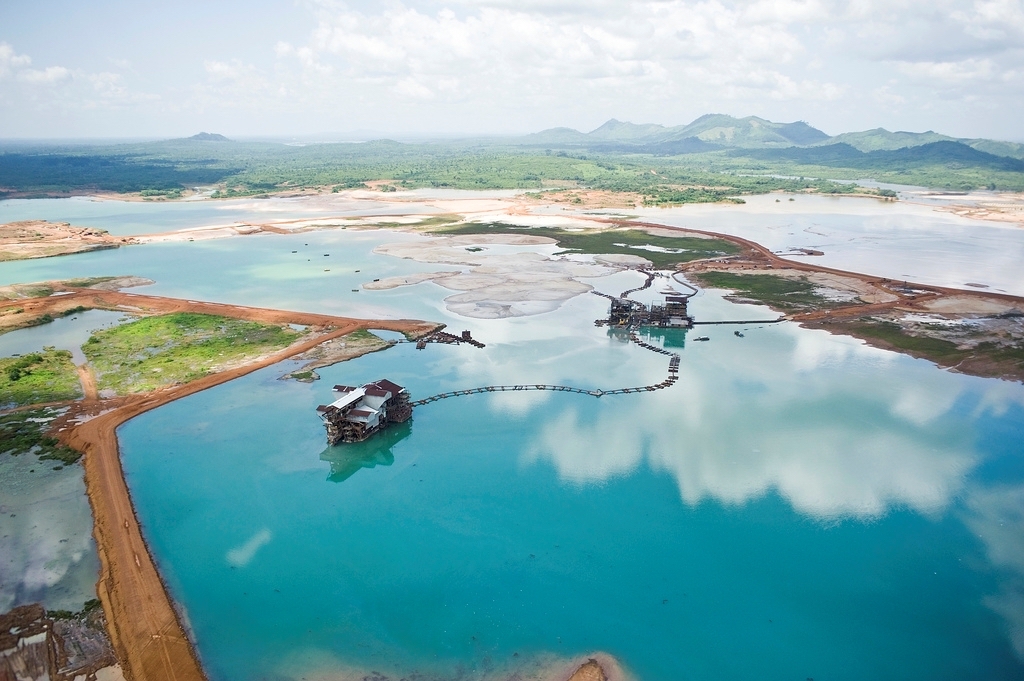Response Coordination Mechanisms
Involving environmental actors in existing response structures

Involving environmental actors in existing response structures
Clearly assigning roles and responsibilities for response is an essential component of emergency preparedness. Environmental actors should be included, and a representative of environmental authorities should be part of the national response and coordination arrangements. Having an environmental representative within the Emergency Operations Center (EOC) will help the reach-out to environmental actors during an emergency. Similarly, an environmental emergencies operations cell can be part of the on-site operations centre.
The coordination mechanisms between international and national responders, including environmental organisations, should be clearly documented. This might involve establishing arrangements for how to receive international environmental technical support. Existing stand-by arrangements should be adapted to include capacities for environmental emergencies and for integrating environmental considerations in response operations.
Understanding the current and potential future environmental conditions of a region is essential for an efficient and sustainable response
Risk analysis provides a common understanding and prioritization of risks, and should include existing environmental conditions and threats
Addressing environment as part of preparedness planning lays the foundation for its integration into humanitarian action.
Communicating risks effectively to populations and communities is essential for people to be able to be better prepared and to reduce the damaging impacts of hazards.
Policies supported by institutional frameworks and legal arrangements make up the disaster risk management framework. In order to systematically integrate environmental concerns in humanitarian action, one must consider the institutional arrangements governing disaster preparedness, response, recovery and emergency funding.




